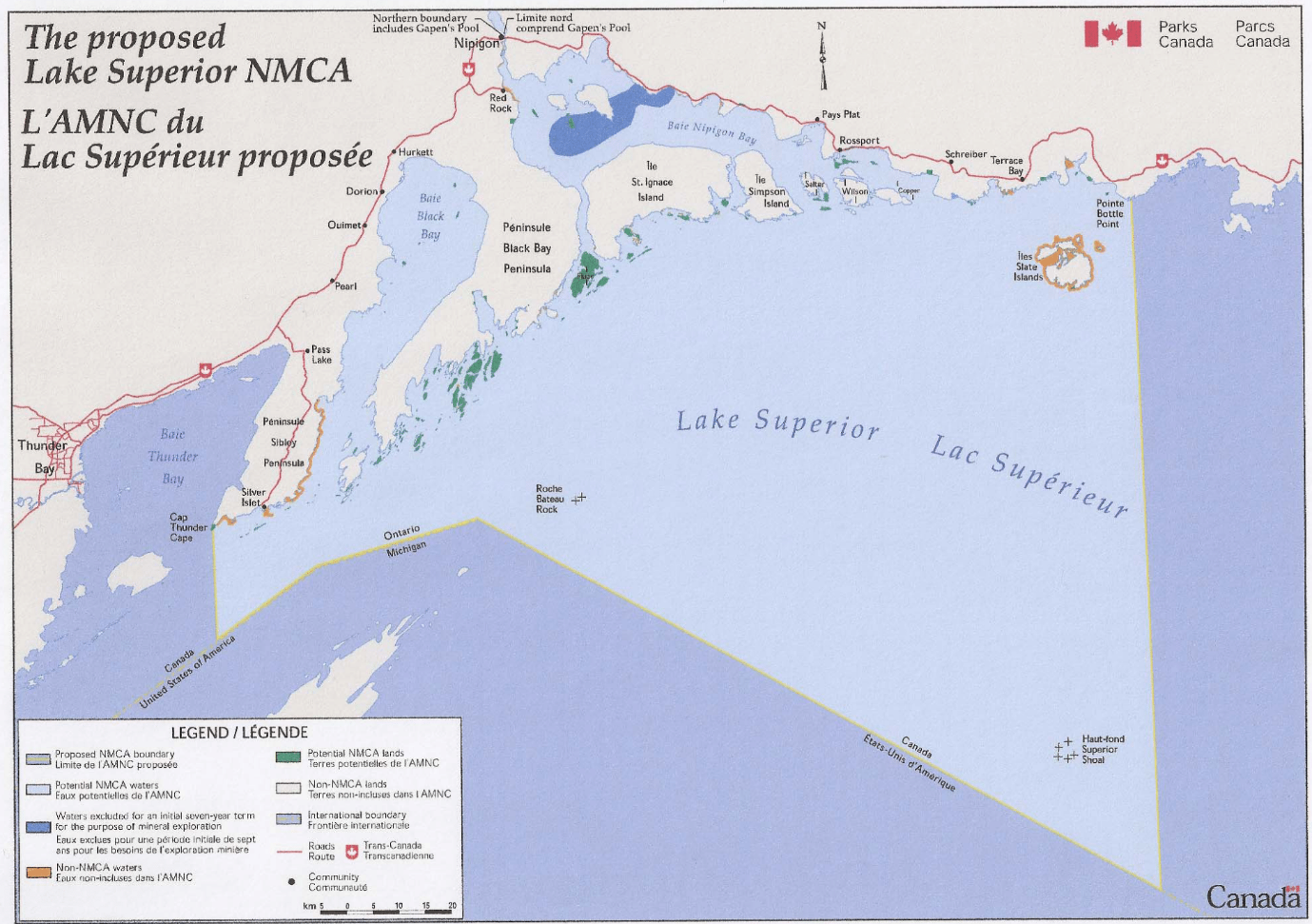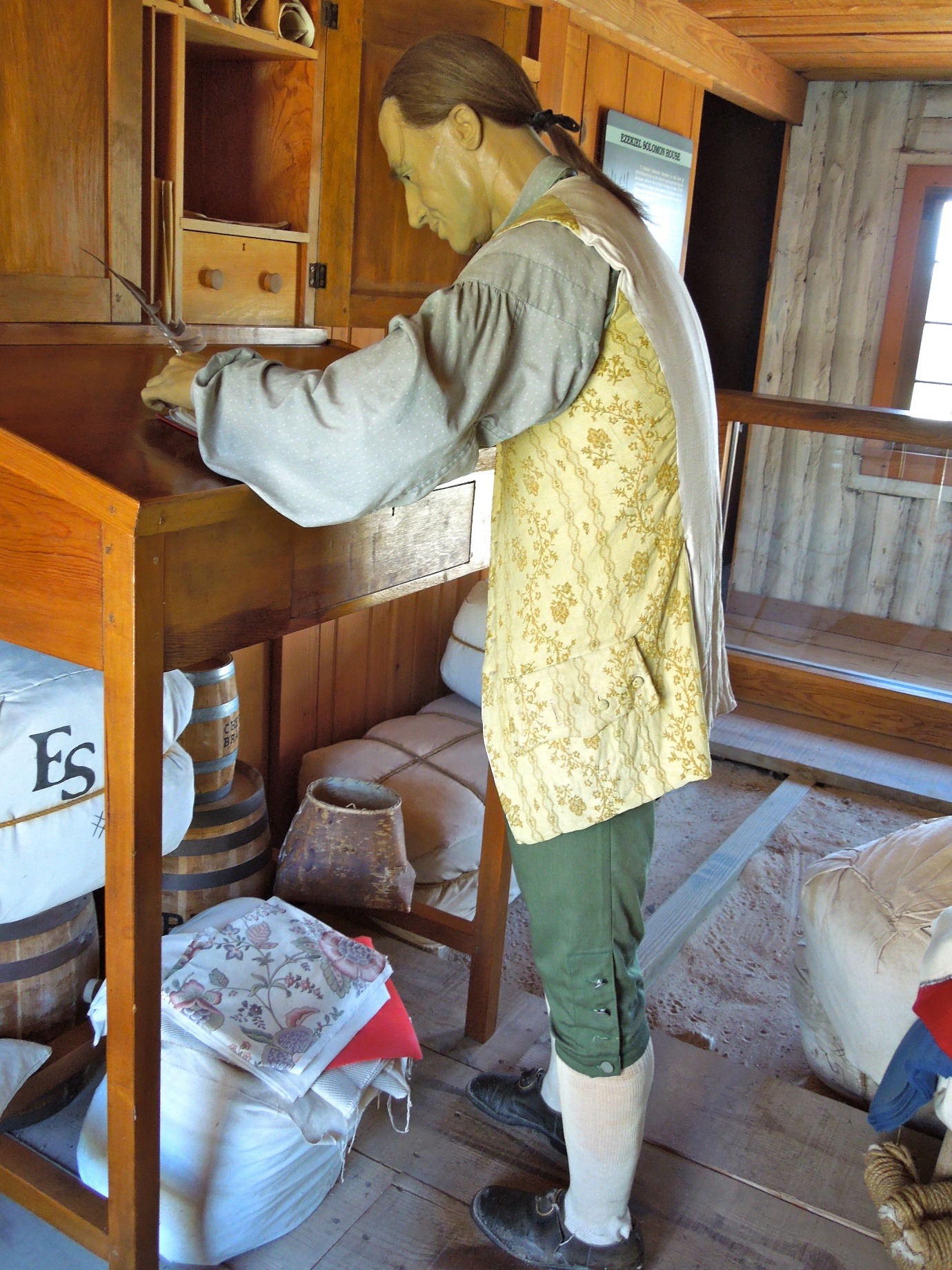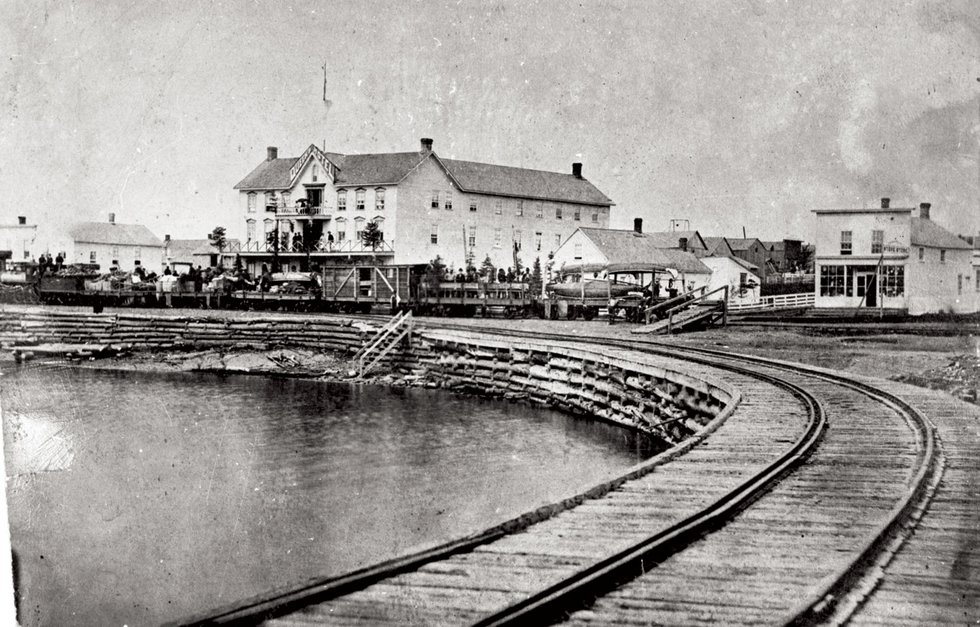Introduction
The Northern Lake Superior Historic Métis Community is a historically significant Métis group in Ontario, Canada. Various reports and sources provide a historical narrative of the evolution of its identity and culture. The evolution of this community, influenced by historical events and external pressures such as the fur trade and changing government laws, can only be explained by its tenacity.
This research focused on external forces’ significant significance in developing the community’s identity and investigations about their discriminatory experiences. Nevertheless, an assessment of their distinct collective identity and cultural practices is required for a complete understanding of their historical trajectory.
Research
The ethnogenesis of the Lake Superior north coast study region may be traced back to the late seventeenth century when the population was mostly Ojibway Indian. The presence of Europeans in the area is said to have begun in the 1620s, with the foundation of two Jesuit missions, one in the southwestern section of Lake Superior and the other on the eastern side near Sault Ste. Marie (Figure 1). Toward the end of the 17th century, French fur trading facilities were established near the mouth of the Nipigon River and on Lake Nipigon.
Ezekiel Solomon, an independent trader who managed a series of trading locations in the late 1700s, is one noteworthy character in the region’s history (Figure 2). Pays Plat served as a central meeting place for traders such as Solomon, enabling commerce in the Lake Superior region. Another French station was erected on the Kaministiquia River in 1717, 25 miles beyond the study region’s westernmost edge (Joan Holmes and Associates, Inc., 2007, p. 4). While historical documents do not expressly indicate the birth of offspring of French and Ojibway parents, such births are likely.


Following the invasion of New France in 1760, British fur traders expanded into the western Great Lakes area, including the study region. The North West Company (NWC) and the Hudson’s Bay Company (HBC) established themselves as the area’s major fur trading firms (Métis Nation of Ontario, 2017). While these enterprises competed in the fur trade throughout Western Canada, the rivalry was less fierce in the study area. Historical records, including those of missionaries, the HBC, the NWC, and the government, show that the Lake Superior north shore was inhabited by Ojibway Indians and a small number of fur traders, some of whom had mixed ancestry, during the first half of the nineteenth century (Métis Nation of Ontario, 2017). Ethnogenesis in this region was closely associated with the fur trade.
Despite European influence in the region from the 17th century, it is still being determined whether a mixed-ancestry society with unique cultural customs and traditions existed prior to the advent of European control. The establishment of sovereign territorial boundaries, the application and enforcement of laws, the presence of missions and fur trade posts, postal services, mining licenses, state-approved resource development, military activities, and treaty negotiations are all indicators of “effective European control” (Joan Holmes and Associates, Inc., 2007). The north coast of Lake Superior has historically been a secluded area in western Ontario (Figure 3). While primary sources about the region are plentiful, there needs to be more evidence pointing to the development of a mixed-ancestry community before European control was firmly established.

To maintain the trade posts, the Historic Northern Lake Superior Métis Community shared similar occupations and cultural activities like fishing, maple sugar production, small game trapping, and hunting. Their duties in the post establishment were diverse, including blacksmiths, tinsmiths, coopers, and boat/canoe builders. The creation of Fort Pic at Pic River, posts at Michipicoten and Nipigon River, and the merging of Hudson’s Bay Company (HBC) and North West Company (NWC) in 1821 were all significant advances (Métis Nation of Ontario, 2017).
The Robinson-Superior Treaty of 1850 was a watershed moment in history, and the Crown conducted censuses in the area that discriminated between “Indians” and “half-breeds” (Métis Nation of Ontario, 2017). These Métis people also engaged in numerous religious and cultural ceremonies and wore distinctive clothing during their journeys. The Métis group evolved a distinct collective identity inspired by fur trade culture, discriminatory legislation, and opposition against those policies. Records demonstrate differences in lifestyle, origins, religion, and surnames between Métis and other local communities.
Reflection
I am curious about how the Métis community’s identity and culture changed through time in reaction to historical events and influences such as the fur trade and shifting government policies. There is an appreciation for the Métis people’s persistence and adaptation in retaining their own identity and culture in the face of external challenges. One cannot but appreciate the Métis people’s perseverance as they negotiated these turbulent times while retaining their identity.
The capacity to adapt and persist in the face of changing conditions is a credit to their perseverance. However, it is troubling to contemplate the prejudice that the Métis population is likely to encounter, as indicated by discriminatory practices and classifications established in official censuses. The social and political difficulties they faced, as revealed by these historical sources, raise fundamental concerns concerning the depth of these adversities and the techniques they used to endure.
I am also intrigued about the specific cultural practices and customs of the Métis people in this region, as well as how they contributed to their distinct identity. Gaining a more thorough grasp of the distinctive cultural practices and customs that distinguished the Métis population in this location is an appealing path for future research. Such insights would give a more in-depth understanding of how these aspects led to the establishment of their distinct personality.
The mention of a distinctive collective identity piqued my interest, causing me to want to learn more about how this identity was formed and how it shaped the Métis community’s interactions with other local people. Understanding the characteristics that distinguish people in terms of lifestyle, origins, religion, and surnames might shed light on the complexity of their identity. Surprisingly, the existence of the Métis people on Lake Superior’s north coast during the War of 1812 raises doubts concerning their participation in this historical event (Métis Nation of Ontario, n.d.). Exploring their achievements, as well as possible influential personalities from this group who played vital roles in the context of the conflict, would offer a more complete historical picture.
Conclusion
The history of the Northern Lake Superior Historic Métis Community demonstrates their flexibility. Despite negotiating complex social and political situations, the Métis group maintained a distinct culture that was heavily affected by the fur trade and changing government regulations. Their distinct cultural practices and customs were critical in creating their identity and distinguishing them from other peoples of the area. As I researched their past, it became clear that the complexities of their evolution merited careful analysis and admiration. The results of my research present a depiction of the community’s enduring heritage influenced by external forces and their unyielding tenacity.
References
Andra-Warner, E. (2017). Life on Lake Superior’s Ontario shore in 1867, when Canada was born. Lake Superior Magazine. Web.
Métis Nation of Ontario. (2017). Historic métis communities in Ontario: The Historic Northern Lake Superior Métis community. Web.
Métis Nation of Ontario. (n.d.). Métis involvement in the war of 1812. Web.
Joan Holmes and Associates, Inc. (2007). Historical profile of the Lake Superior study area’s mixed European-Indian ancestry community. Web.
Ezekiel Solomon: Introducing my Jewish-Canadian grandfather. (2012). Sunshine in a Jar. Web.